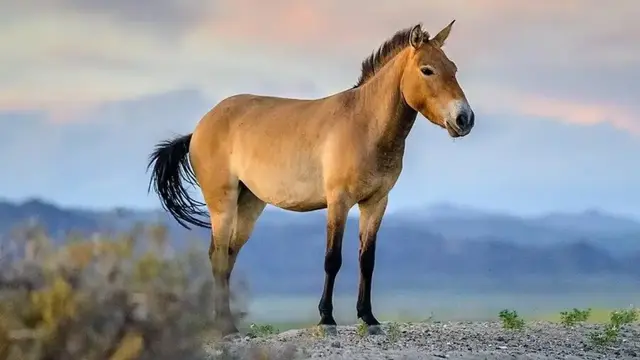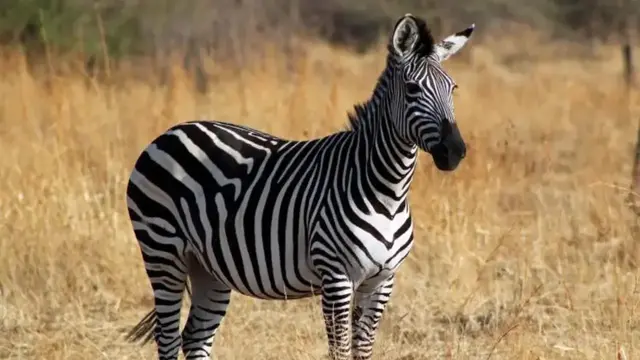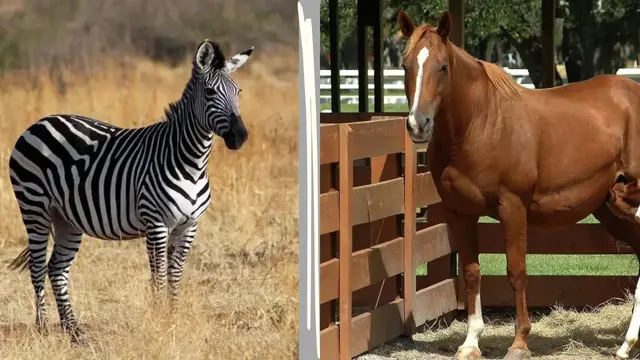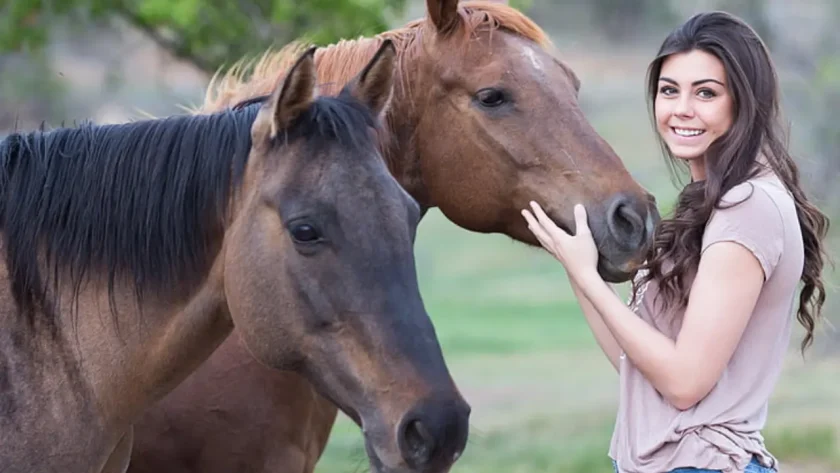Table of Contents
In the vast world of wildlife, few animals capture our imagination as much as horses and zebras. Their striking appearances and unique behaviors make them interesting subjects for study.
But one question often arises among animal enthusiasts, biology students, and conservationists alike, are horses and zebras the same species?
NO, horses and zebras are not the same species. They both belong to the horse family, but they are different animals. Horses are usually tamed and used by people for riding and work. Zebras are wild animals with black and white stripes, mostly living in Africa. While they look a bit similar, they are different species with different behaviors and habitats.
This blog post will explore this intriguing topic, examining the biological relationship between horses and zebras, their physical and behavioral differences, and the scientific community’s viewpoint on their genetic similarities and differences.
Species Diversity
What Defines a Species?
To understand whether horses and zebras are the same species, we must first define what a species is. In biological terms, a species is a group of organisms that can crossbreed and produce fertile offspring. This definition, known as the Biological Species Concept, is widely accepted but not without its limitations, especially when considering mixed animals like zebroids.
Role of Evolution in Species Divergence
Evolution plays a crucial role in species divergence. Over time, populations of a single species can become isolated from each other due to geographical, ecological, or behavioral barriers. These isolated populations undergo genetic changes that lead to the development of unique species. Horses and zebras, despite their similarities, have evolved different characteristics due to their adjustment to varying environments.
Horse and Zebra Similarities and Differences

Physical Characteristics
Horses and zebras share several physical characteristics, including a similar body structure with long legs, hooves, and manes. However, there are key differences. Zebras are known for their unique black and white stripes, while horses come in a variety of colors, including brown, black, white, and gray. Zebras also tend to be smaller and more strong and resilient than horses.
Behavioral Characteristics
Behaviorally, horses and zebras have notable differences. Horses are generally more compliant and have been tamed for thousands of years, making them more familiar with human interaction. Zebras, on the other hand, are wild animals with a more aggressive and unpredictable nature. They are known for their strong fight-or-flight response, which has made domestication efforts largely unsuccessful.
Habitat and Environmental Preferences
Horses and zebras reside in different environments. Horses are found worldwide, with both wild and domesticated populations. They thrive in various habitats, including grasslands, forests, and even deserts.
Zebras, however, are native to Africa and are typically found in savannas, grasslands, and mountainous regions. Their habitats significantly influence their behavior and evolutionary modifications.
Fun Facts
- Zebras’ stripes help them hide from predators like lions. The stripes create a dazzling effect that confuses predators when zebras run in groups.
- Horses can sleep both standing up and lying down. They have a special locking mechanism in their legs that lets them rest while standing.
- Zebras can run up to 65 kilometers per hour (about 40 miles per hour). Their speed helps them escape from predators.
- Horses have been friends with humans for over 5,000 years. They have played a vital role in transportation, agriculture, and even in war.
- Zebras communicate with each other through sounds like barks, whinnies, and snorts, as well as through facial expressions and body movements.
- Horses have an excellent memory and can remember people and places for many years.
Importance of Conservation

Both horses and zebras face threats in the wild. Wild horses, often called mustangs, in some parts of the world, need protection from habitat loss and human activities. Zebras, especially certain species like the Grevy’s zebra, are endangered due to hunting and habitat destruction.
Conservation efforts are important to protect these animals and ensure they can live freely in their natural habitats.
The Genetic Connection
Can Horses and Zebras Interbreed?
One of the most fascinating aspects of the horse-zebra relationship is their ability to interbreed. Horses and zebras can mate and produce hybrid offspring known as zebroids. The most common zebroids are zorses (horse father, zebra mother) and zonkeys (zebra father, horse mother). These hybrids inherit characteristics from both parents but often face fertility issues, making them an interesting subject in the study of species boundaries.
Outcomes of Interbreeding
Interbreeding between horses and zebras results in various physical and behavioral outcomes. Zebroids typically exhibit a mix of the parent’s traits, such as the horse’s body structure and the zebra’s stripes.
However, these hybrids often have health and fertility problems, highlighting the genetic differences between the two species. Despite their ability to interbreed, horses and zebras remain unique due to these reproductive barriers.
450+ Best Horse Names: From Classic to Unique
Scientific Viewpoint

Research on Genetic Similarities and Differences
Scientific research has provided valuable insights into the genetic relationship between horses and zebras. Studies have shown that while horses and zebras share a common ancestor, their genomes have diverged significantly over millions of years. Genetic analyses reveal differences in chromosome numbers and gene sequences, which contribute to their distinct physical and behavioral characteristics.
Insights from the Scientific Community
Experts have weighed in on the genetic similarities and differences between horses and zebras.
Dr. Jennifer W. Petras, a wildlife geneticist, states, “The genetic makeup of horses and zebras is closer than many realize, but the subtle differences are crucial for species differentiation.”
Prof. Alex K. Turner, a zoologist and evolutionary biologist, adds, “Interbreeding between horses and zebras is a fascinating topic in evolutionary biology, shedding light on the mechanisms of speciation and the roles of genetic compatibility and natural selection.”
Conclusion
Horses and zebras are not the same species, but they are related. They have many differences in appearance, habitat, and behavior. Even though they can’t usually have babies together, they share some similarities and belong to the same animal family. Horses and zebras are amazing creatures we can learn a lot about and enjoy watching in nature or on a farm.
References
- National Geographic
- Science Journal
- Wildlife Conservation Society
- “The Quagga Project” in South Africa
- Case studies on zebroid offspring
- Expert quotes from Dr. Jennifer W. Petras, Prof. Alex K. Turner, and Dr. Mia L. Wells




[…] Are Horses and Zebras the Same Species? […]